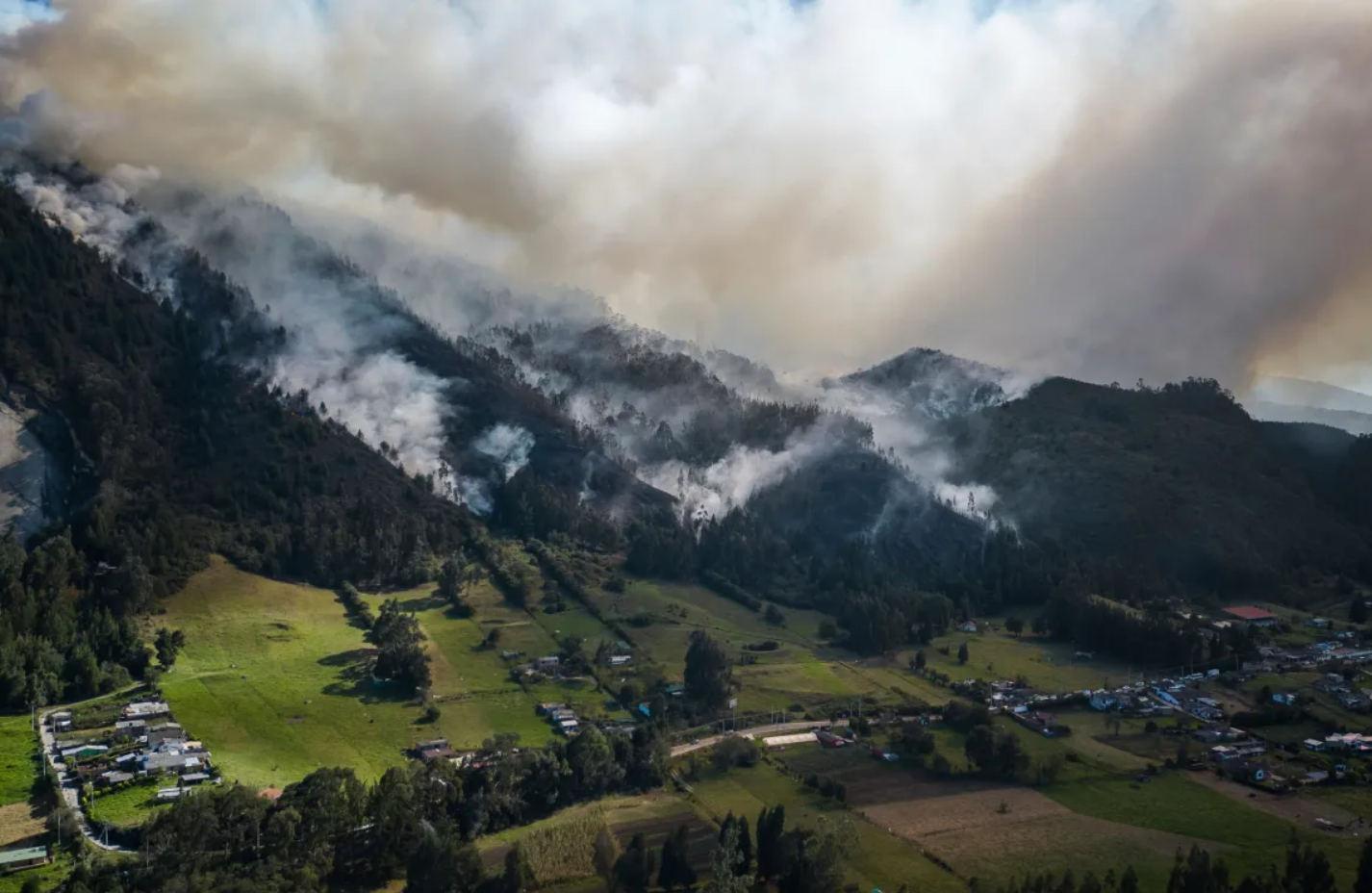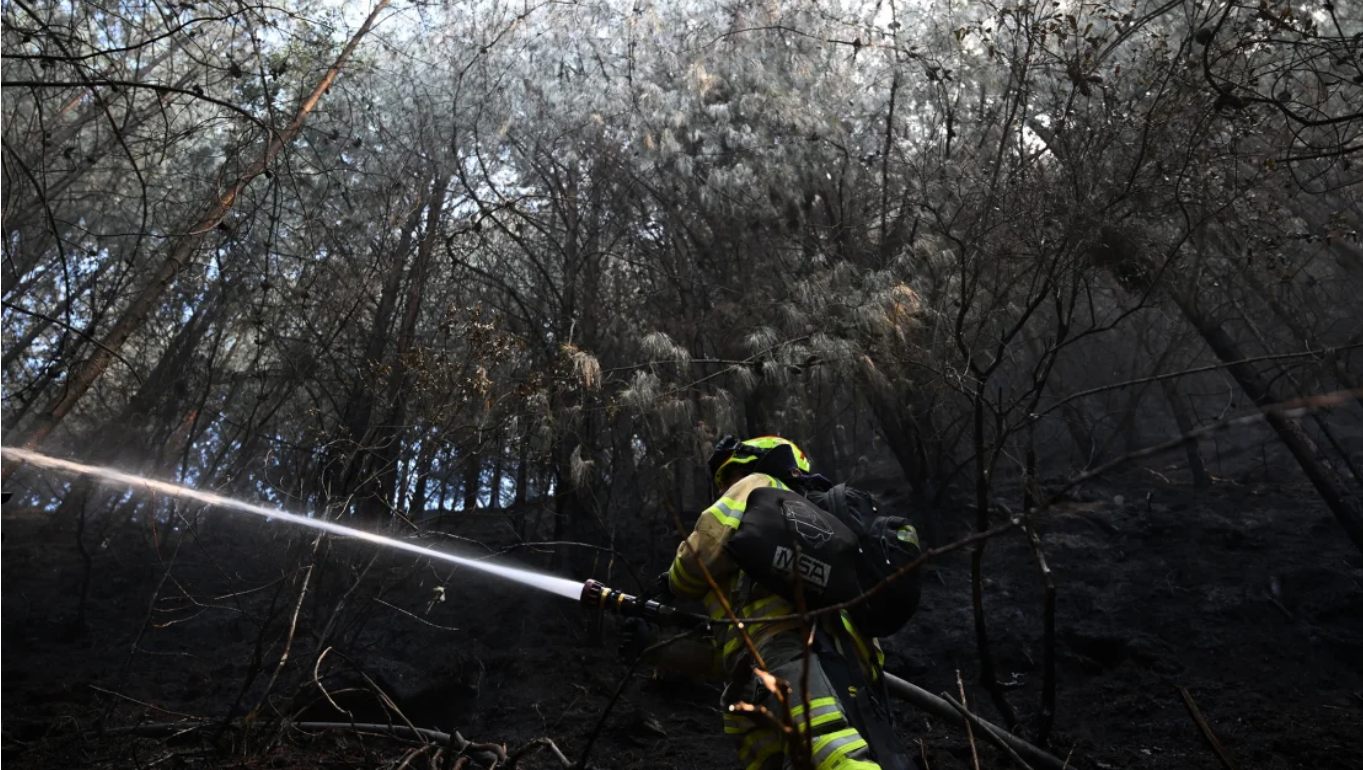Effects of the El Niño phenomenon using the example of forest fires in Colombia
Bildung
Stadtnatur
Andere
The mountains of Bogotá are currently overshadowed by columns of smoke, highlighting a devastating challenge for biodiversity and ecosystems in Colombia. Since November last year, there have been numerous huge forest fires in Colombia, which are ravaging the country due to the El Niño phenomenon, and which are now also approaching the capital.
Colombia in flames: Rising temperatures and droughts
Bogotá is one of the cities most affected by the growing threat of forest fires. This phenomenon is attributed to the influence of the recurring climatic event El Niño, which increases temperatures and triggers droughts, creating ideal conditions for the spread of fire. Since the start of the now more than 300 individual fires, around 17,000 hectares of land have been engulfed in flames. For comparison: that is almost the entire area of the city of Stuttgart.
Here you can see a photo gallery from the Reuters news agency on the effects: https://www.reuters.com/pictures/colombia-declares-natural-disaster-over-wildfires-2024-01-26/
El Niño is a natural climate pattern in the tropical Pacific Ocean that brings higher than average surface temperatures and has a significant impact on the global climate, affecting billions of people.
The devastating impact on biodiversity
The forest fires are not only a challenge for the inhabitants of Bogotá; they also pose a serious threat to the region's rich biodiversity. In the words of Martha Liliana Perdomo Ramírez, Director of the Botanical Garden of Bogotá: "Forest fires have a huge impact on ecosystems and biodiversity. Not only does it cause structural damage to vegetation and soil, but thousands of animal and plant lives are also lost". The loss of natural habitats and the destruction of ecological niches directly affect native fauna and flora, threatening endangered species.
Read another report on the fires here: https://thecitypaperbogota.com/bogota/bogota-unites-in-solidarity-as-wildfires-ravage-unique-ecosystem/
Long-term recovery: an environmental challenge
Recovering ecosystem conditions after a wildfire can be a long and arduous process. It takes decades for vegetation and soil to regenerate, and in some cases, nature may even take hundreds of years to fully restore its original characteristics. This environmental challenge raises crucial questions about sustainability and the ability of ecosystems to adapt to extreme climate change.
Call to action: Awareness raising and prevention
In moments like these, it is crucial that society joins together in a collective effort to raise awareness of the importance of prevention and sustainable resource use. Citizens, governments and environmental organizations play a crucial role in adopting responsible practices and implementing measures to mitigate the impact of future similar events.
In summary, the fires in Colombia are an urgent reminder of the challenges facing Latin America due to extreme climate events. The resilience of our ecosystems depends on global cooperation and commitment to preserving natural diversity.

